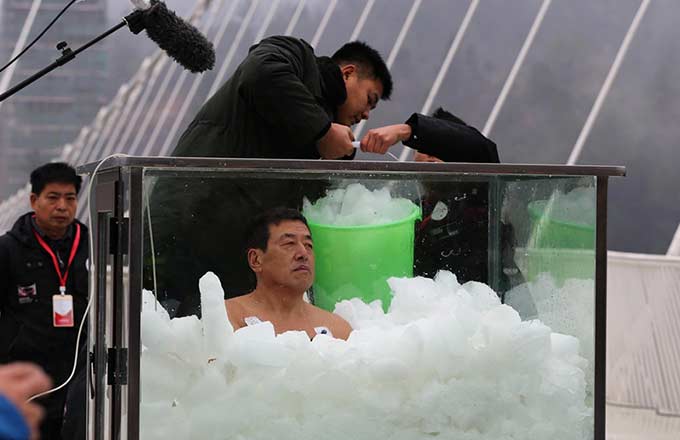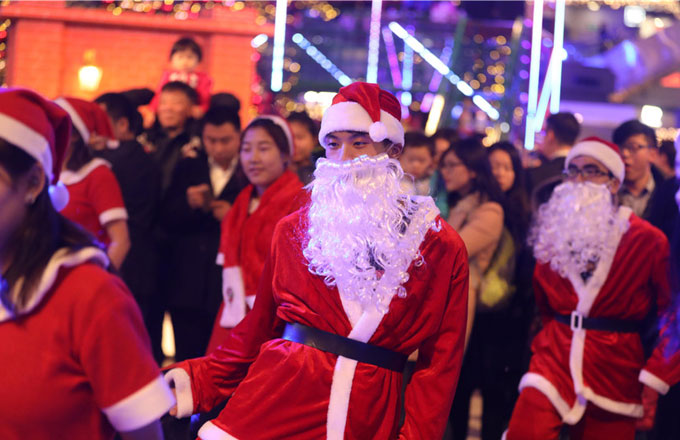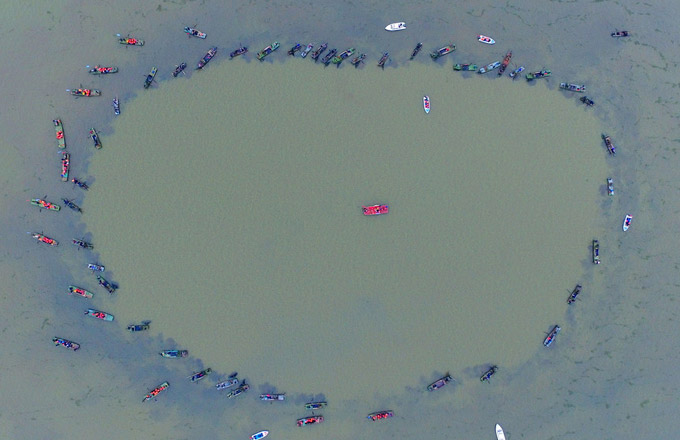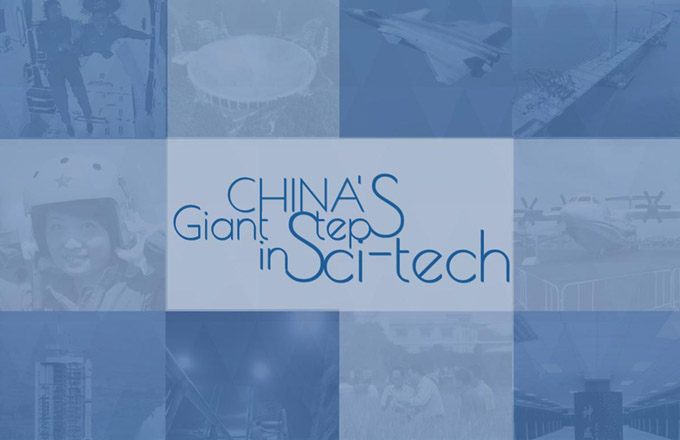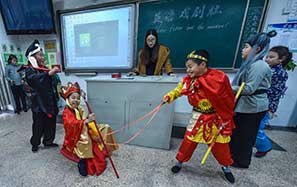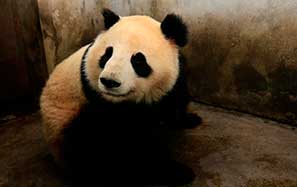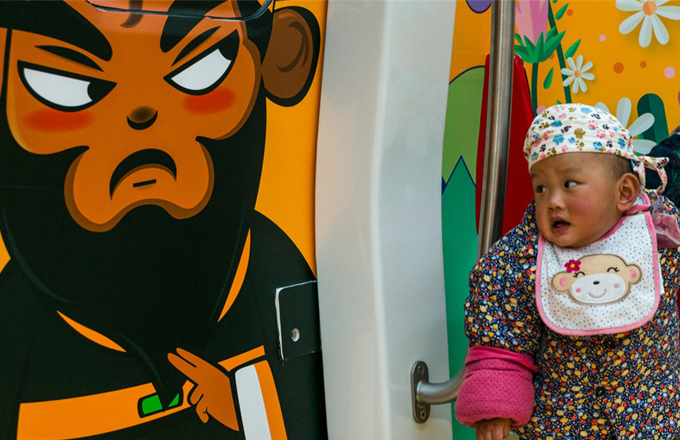Doctor-sharing making a difference in Tibetan hospitals
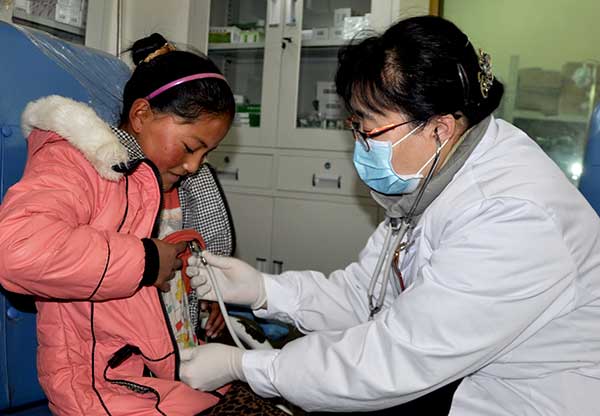 |
|
|
While awaiting surgery to remove tumors from her uterus, Tibetan Lingkyi Drolkar said she was pleased to hear that it was a doctor from Beijing who would perform the operation.
"I heard Lhasa People's Hospital had been sent doctors from Beijing as part of an aid program, so I chose this hospital for my surgery," the 49-year-old said.
Since 1995, China's central government has been sending doctors to the Tibet autonomous region to improve its healthcare system.
Last year, the Communist Party of China Central Committee's Organization Department expanded the Aid-Tibet Program.
As part of the program, 16 medical teams consisting of more than 300 doctors were dispatched to Tibet over the past 15 months by the Beijing Municipal Commission of Health and Family Planning. The first batch was relieved by a second group of 179 doctors in July.
They have come from some of Beijing's best hospitals and have been distributed among seven key hospitals in Tibet's cities and prefectures.
Yu Yabin, a pediatrician from the Beijing Obstetrics and Gynecology Hospital, is one of 15 doctors who were assigned to Lhasa People's Hospital. She works alongside three other Beijing doctors in the obstetrics and gynecology department.
"Tibetan patients always show deep gratitude toward doctors, which is rarely seen elsewhere," she said.
In addition to performing surgeries, the visiting doctors have a secondary role training local medical staff-something that they hadn't been required to do in the past.
Every Tuesday and Thursday, 32-year-old Lyu Tao-another Beijing doctor working in the obstetrics and gynecology department of Lhasa People's Hospital, who came to Tibet six months ago from Beijing Tsinghua Chang Gung Hospital-operates on patients while being observed by three local doctors.
In the first week Yu Yabin's team was in Tibet, a 2-year-old suffering from pneumonia was treated.
The child had swallowed a melon seed that was stuck in his windpipe.
As the hospital in Lhasa did not have a bronchoscope-a piece of medical equipment that is used to inspect and pass other instruments into the airways-the doctors were unable remove the seed.
Yu asked Beijing Children's Hospital to lend them a professional bronchoscope, which the team was able to use to operate on the child two weeks later.
To prevent a repeat of such events, Yu's team bought a new bronchoscope for the hospital's pediatrics department and trained two local doctors to use it.
The team's next goal is to set up a diagnosis center for heart disease.
"They have a solid foundation here, but there is a lack of high-tech devices, so we hope to create a cardiac care unit in the hospital," said Yu, adding that they were also focused on improving the level of prenatal care in the region.
"With the thin air and risk of high blood pressure, it is important to encourage Tibetan pregnant women to have regular examinations."
Contact the writers at palden_nyima@chinadaily.com.cn





